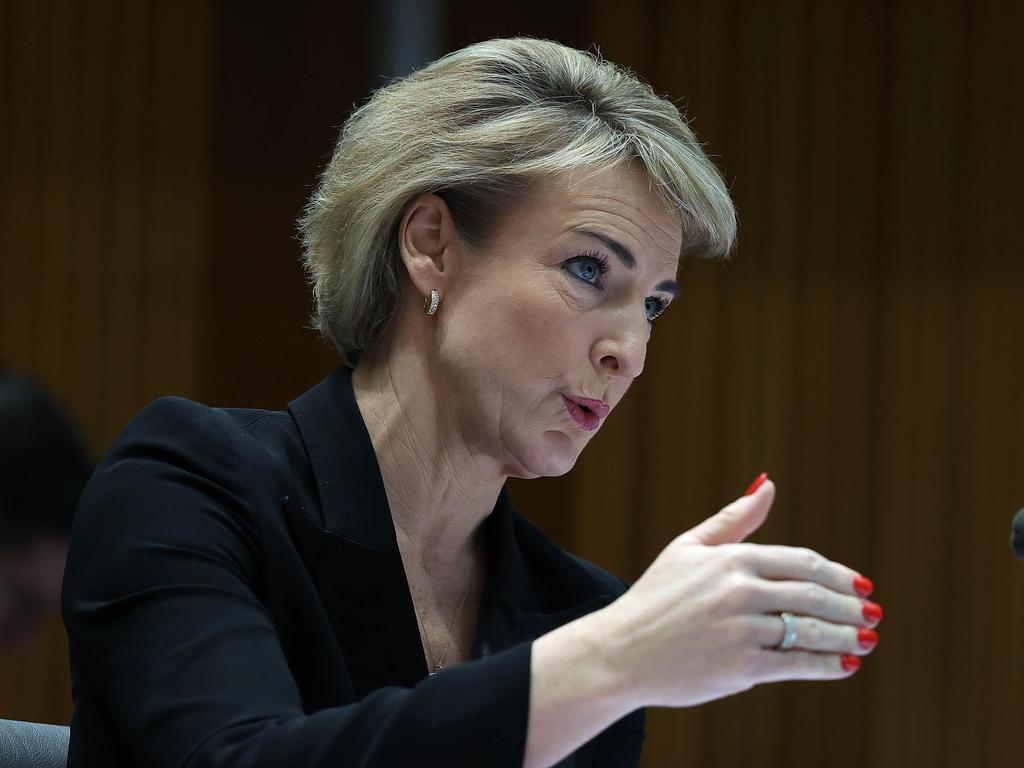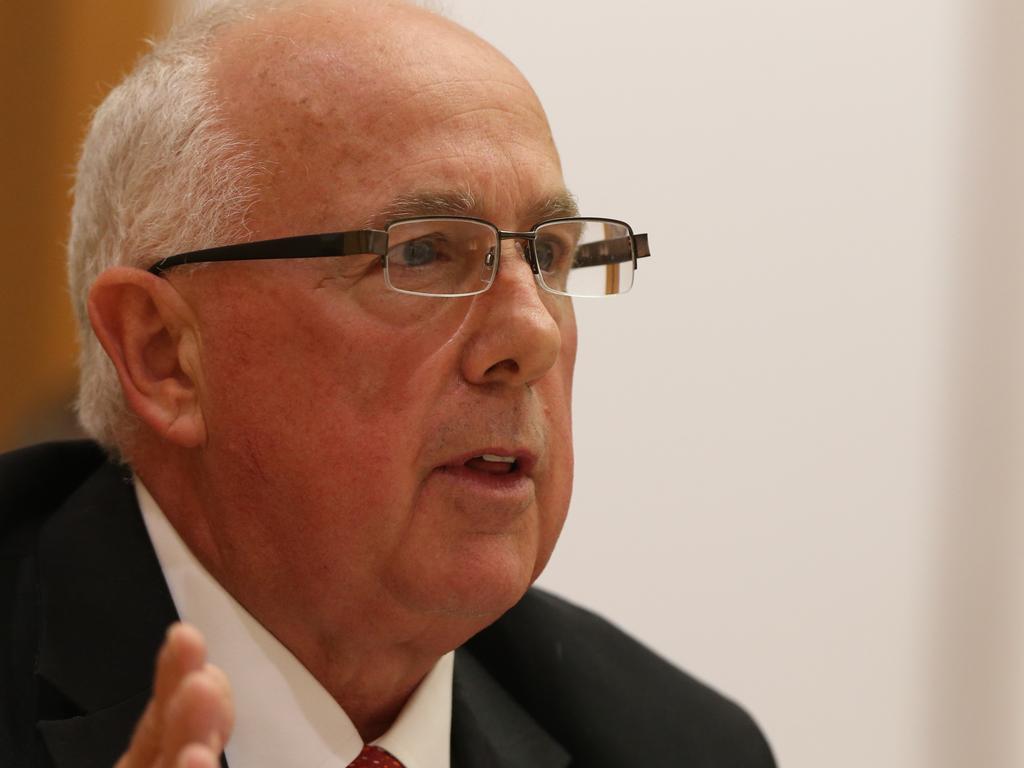Push for work law reform to lift wages
The number of private sector workers covered by current federal agreements fell by 200,000 during the pandemic.

The number of private sector workers covered by federal enterprise agreements fell by 200,000 during the pandemic to a three-year low, reigniting calls from unions and labour market researchers for changes to bargaining laws to drive wages growth.
New data from the Attorney-General’s department shows there were 1.22 million workers covered by private sector federal agreements in the September quarter, the lowest since 2018.
Jim Stanford, director of the Australia Institute’s Centre for Future Work, said the number of private and public sector workers covered by federal agreements had fallen to 1.65 million, the lowest since September 2004.
According to the department, the number of workers covered by federal private and public sector agreements has declined by 600,000 since the end of 2019.
Its date also found that the top 10 expired agreements covering virtually all of the 240,000 fall in employee coverage over the 12 months to September were deals that have expired and have not been replaced. This could be a reflection of bargaining being put on hold during the pandemic.
The centre released new research on international collective bargaining systems that argues Australia’s workplace laws are “uniquely restrictive” and rapidly losing their capacity to support wages growth.
It says New Zealand’s proposed Fair Pay Agreement system that would allow for sector-wide bargaining could be a model for similar changes in Australia.
United Workers Union national secretary Tim Kennedy, who co-authored one of the articles, said Australian workers needed a “functional system of collective bargaining that goes beyond the legal entity that directly employs them”.
“This is a vital mechanism to ensure workers have greater control over the safety of their work, across sectors, industries, franchises, labour hire arrangements, supply chains – or however work is configured,” he said.
The research found that Nordic and European countries had used co-ordinated sectoral bargaining systems to enhance vocational training.
Andrew Scott, professor of politics and policy at Deakin University, said Australia’s bargaining laws were exacerbating deficiencies in training arrangements as shown by high rates of misalignment between jobs and skills. “Australia can learn much from the Nordic countries’ superior economic and social policy outcomes that arise from well-integrated skills and collective bargaining systems,” he said.
Alison Pennington, senior economist at the Centre for Future Work said “the erosion of collective bargaining has been a major factor in Australia’s record-weak wage growth over the past decade”.
“A wealth of experience from other countries proves collective bargaining can be strengthened and modernised to provide workers with a decent shot at fair compensation and better jobs,” Ms Pennington said.
“Unfortunately, Australian governments still seem more obsessed with vilifying and policing unions, instead of engaging them as full and constructive partners. The resulting erosion of collective bargaining will only lead to even weaker wages in the future.”
According to the Attorney-General department’s bargaining data, average annual pay rises in private sector federal agreements in the September quarter were 2.7 per cent, up from 2.6 per cent in the previous quarter.
Agreements that formally covered unions had an average increase of 2.7 per cent, up from 2.4 per cent in the previous quarter, while non-union agreements had an average rise of 2.2 per cent, down from 2.6 per cent in 2020.







To join the conversation, please log in. Don't have an account? Register
Join the conversation, you are commenting as Logout